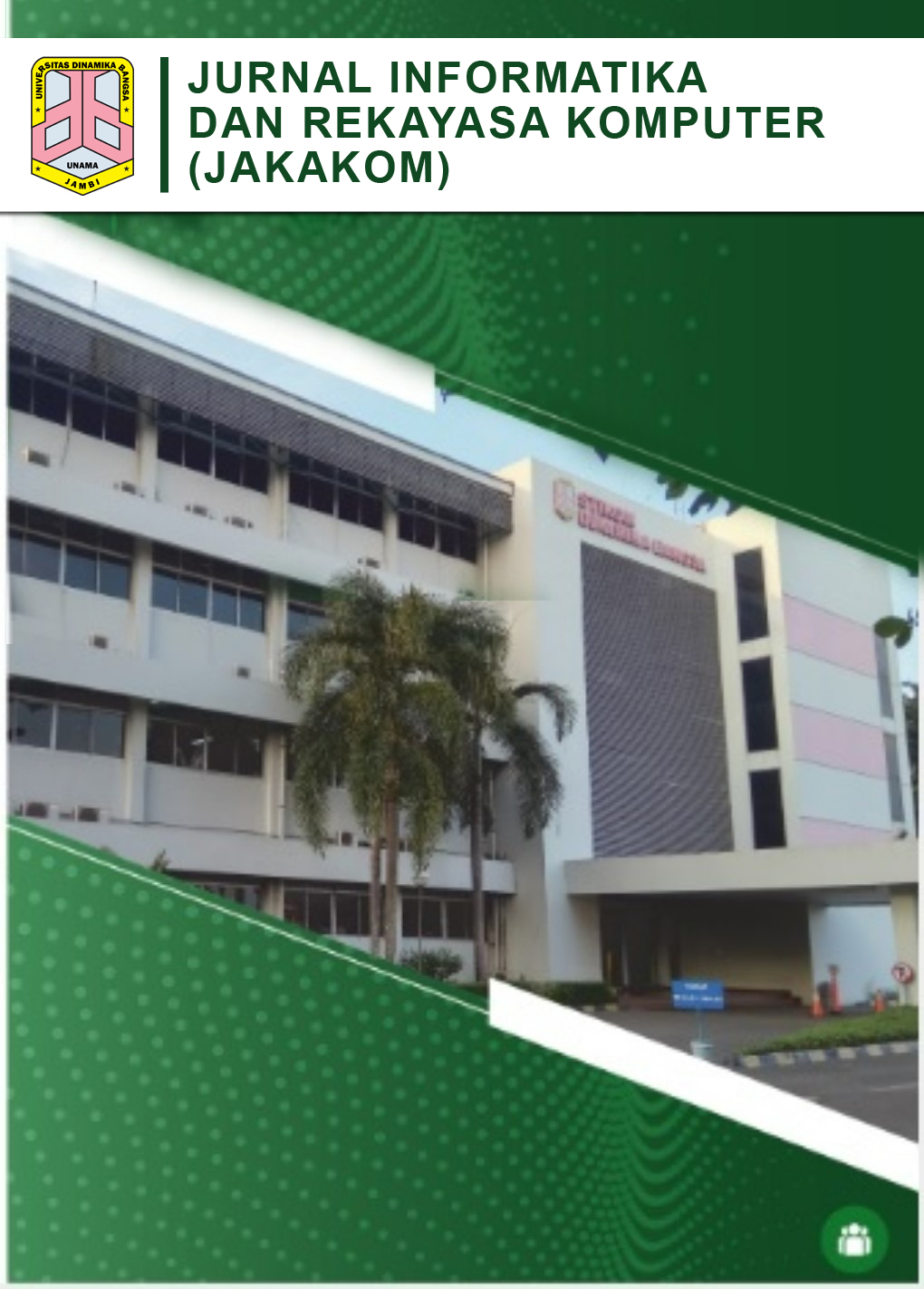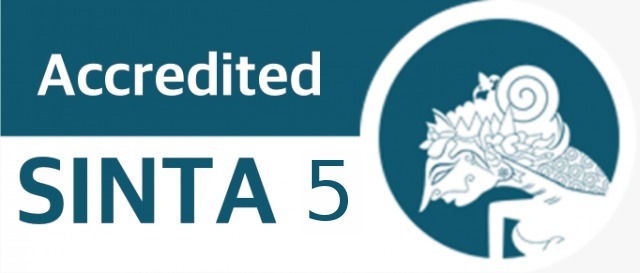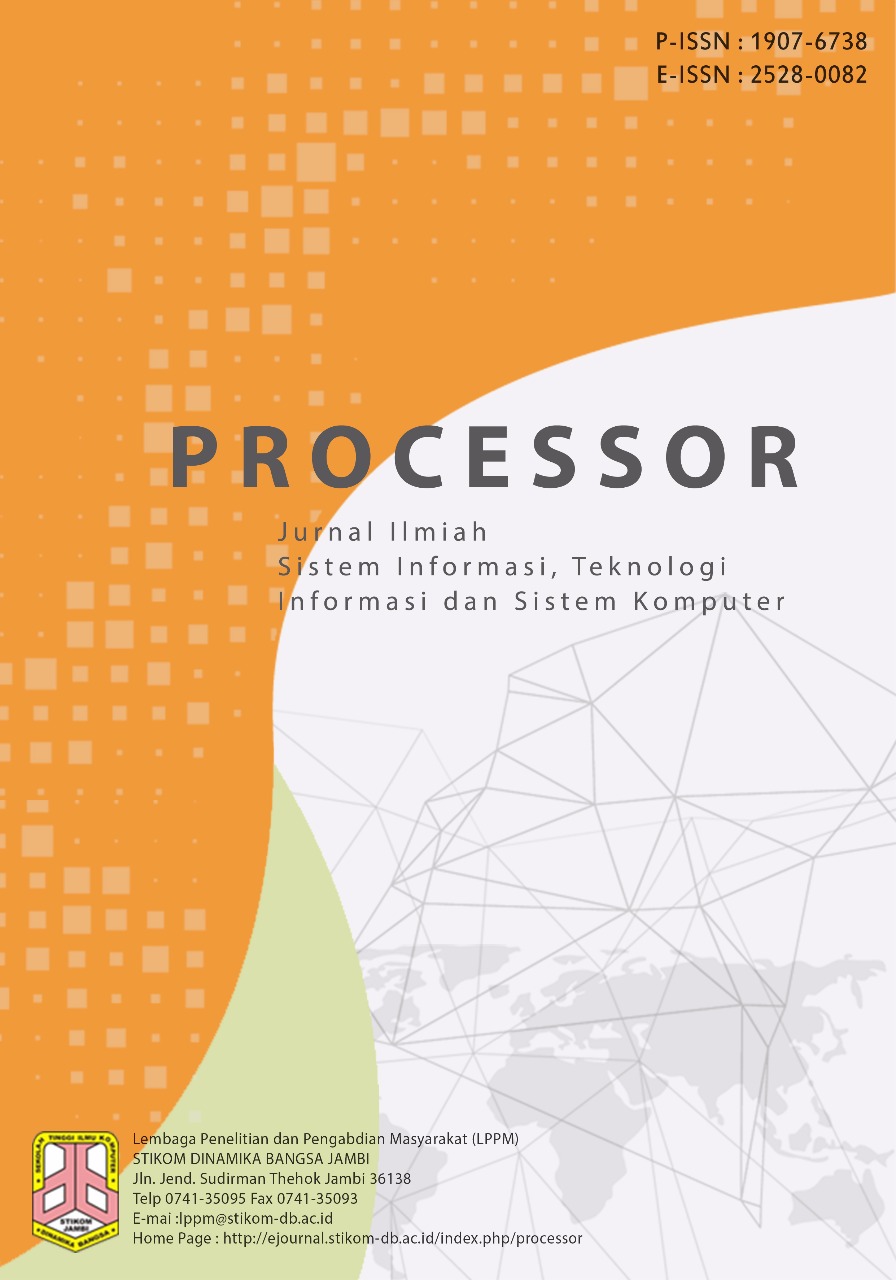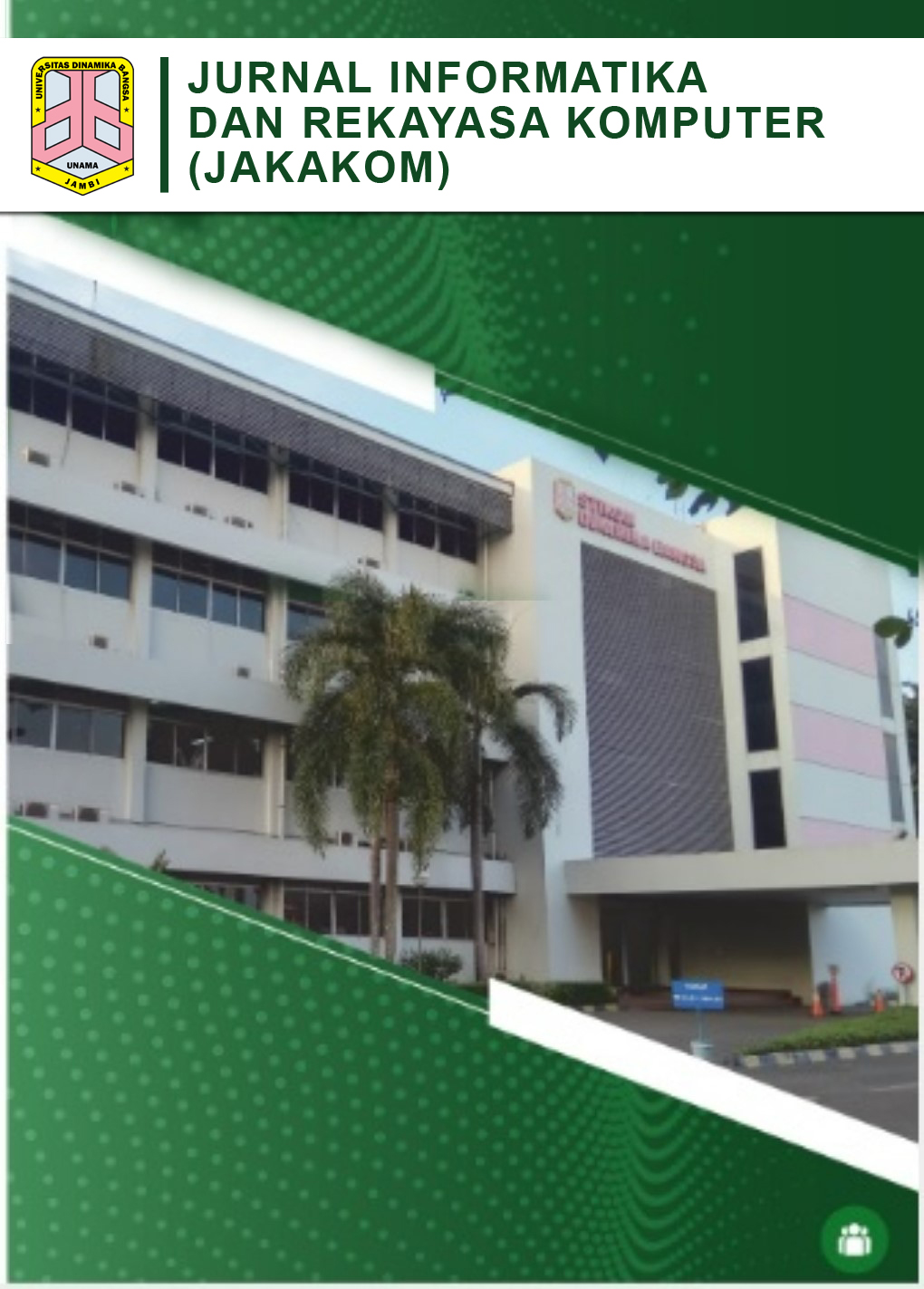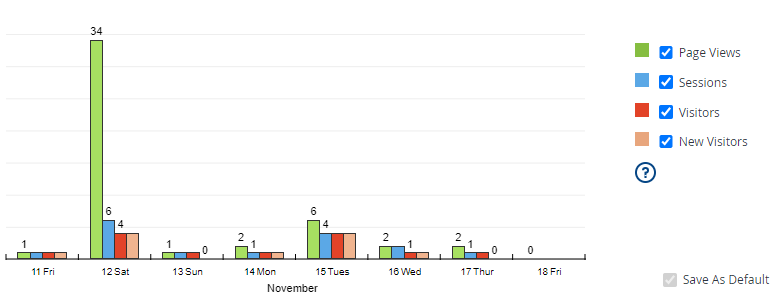Analysis of Acceptance of Ijambikota Application Services with TFF and UTAUT Integration
DOI:
https://doi.org/10.33998/jakakom.2025.5.2.2307Keywords:
Application of Service Usage, Unified Theory of Acceptance and Use of Technology (UTAUT), Task Technology Fit (TTF), PLS-SEM, MARTPLSAbstract
This study aims to analyze the acceptance of iJambiKota application services by integrating the Task Technology Fit (TTF) model and the Unified Theory of Acceptance and Use of Technology (UTAUT). The main focus of this research is to identify the extent of user acceptance of the iJambiKota application and what factors influence user decisions in adopting these applications. The TTF-UTAUT model combines eight variables, namely task characteristics, technology characteristics, task-technology fit, performance expectations, effort expectations, social influence, facilitating conditions, and user acceptance. As part of the methodology, questionnaires were distributed to 341 respondents, and the collected data were analyzed using the PLS-SEM method with the help of the SmartPLS tool. The analysis results show that the TTF-UTAUT model can explain 81.2% of the acceptance of iJambiKota application services. Factors that have a significant effect on acceptance include task and technology compatibility, performance expectations, effort expectations, social influence, and facilitating conditions. To encourage increased use of the iJambiKota application, it is recommended that there be more intensive socialization activities, innovation, and simulation of application features.
Downloads
References
L. Xue, A. M. Rashid, and S. Ouyang, “The Unified Theory of Acceptance and Use of Technology (UTAUT) in Higher Education: A Systematic Review,” SAGE Open, vol. 14, no. 1, pp. 1–22, 2024, doi: 10.1177/21582440241229570.
F. N. Afiana, E. Tripustikasari, and R. D. Anggraeni, “Utaut Untuk Memahami Tingkat Penerimaan Pengguna Sistem Operasional Aplikasi PT . SWADHARMA Sarana Informatika Teknologi berperan penting bagi keberlangsungan suatu perusahaan atau organisasi , teknologi berperan mulai dari menunjang kegiatan bisnis opera,” vol. 12, no. 2, pp. 2138–2148, 2020.
P. E. Thenu and M. N. N. Sitokdana, “ANALISIS PENERIMAAN MAHASISWA UKSW TERHADAP PENGGUNAAN iSALATIGA MENGGUNAKAN TECHNOLOGY ACCEPTANCE MODEL (STUDI KASUS : DINAS PERPUSTAKAAN DAN KEARSIPAN KOTA SALATIGA),” Sebatik, vol. 23, no. 2, pp. 324–329, 2019, doi: 10.46984/sebatik.v23i2.777.
Y. Triska, G. Erlianti, and U. N. Padang, “ANALISIS PENERIMAAN APLIKASI KUBUKU OLEH PENGGUNA DI UPT PERPUSTAKAAN UNIVERSITAS ANDALAS: STUDI DESKRIPTIF DENGAN MODEL TECHNOLOGY ACCEPTANCE MODEL (TAM),” J. Manaj. dan Pendidik. Dasar, vol. 4, pp. 472–487, 2024.
M. Fathurrahman, “Tingkat Penerimaan Pengguna Terhadap Aplikasi Perpustakaan Digital IJOGJA,” Ilmu Inf. Perpust. dan Kearsipan, vol. 9, no. 1, p. 23, 2020, doi: 10.24036/111254-0934.
A. F. Alkhwaldi, B. Alobidyeen, A. A. Abdulmuhsin, and M. Al-Okaily, “Investigating the antecedents of HRIS adoption in public sector organizations: integration of UTAUT and TTF,” Int. J. Organ. Anal., vol. 31, no. 7, pp. 3251–3274, 2023, doi: 10.1108/IJOA-04-2022-3228.
O. C. Ojiaku, E. C. Ezenwafor, and A. Osarenkhoe, “Integrating TTF and UTAUT models to illuminate factors that influence consumers’ intentions to adopt financial technologies in an emerging country context,” Int. J. Technol. Mark., vol. 18, no. 1, pp. 113–135, 2024, doi: 10.1504/IJTMKT.2024.135674.
F. P. Kesuma and D. Syamsuar, “Task-Technology Fit (TTF) dan Unified Theory of Acceptance and Use of Technology (UTAUT): Analisis Model Penerimaan Teknologi di Perguruan Tinggi,” JUSIFO (Jurnal Sist. Informasi), vol. 7, no. 1, pp. 21–31, 2021, doi: 10.19109/jusifo.v7i1.7870.
U. Chanuan, C. Kajohnsak, and S. Nittaya, “Sample Size Estimation using Yamane and Cochran and Krejcie and Morgan and Green Formulas and Cohen Statistical Power Analysis by G*Power and Comparisons,” Apheit Int. J., vol. 10, no. 2, pp. 77–88, 2021.
S. . M. . Rahmad Solling Hamid and M. . Dr. Suhardi M Anwar, Drs., STRUCTURAL EQUATION MODELING (SEM) BERBASIS VARIAN: Konsep Dasar dan Aplikasi dengan Program SmartPLS 3.2.8 dalam Riset Bisnis, vol. 11, no. 1. 2021.
R. W. Idayani and E. W. T. Darmaningrat, “Evaluation of factors affecting student acceptance of Zedemy using the Unified Theory of Acceptance and Use of Technology (UTAUT),” Procedia Comput. Sci., vol. 234, pp. 1276–1287, 2024, doi: 10.1016/j.procs.2024.03.125.
M. Chang, A. C. S. M. Walimuni, M. cheol Kim, and H. soon Lim, “Acceptance of tourism blockchain based on UTAUT and connectivism theory,” Technol. Soc., vol. 71, no. January, p. 102027, 2022, doi: 10.1016/j.techsoc.2022.102027.
P. Wijayanti, I. S. Mohamed, and D. Daud, “Computerized accounting information systems: An application of task technology fit model for microfinance,” Int. J. Inf. Manag. Data Insights, vol. 4, no. 1, p. 100224, 2024, doi: 10.1016/j.jjimei.2024.100224.
D. Lusiana and A. B. Nugroho, “Analisis Faktor-faktor yang Mempengaruhi Penerimaan dan Penggunaan Aplikasi Jamsostek Mobile Online (JMO) dengan Model Unified Theory of Acceptance and Use of Technology (UTAUT),” Sainteks, vol. 20, no. 1, p. 95, 2023, doi: 10.30595/sainteks.v20i1.17137.
L. Wan, S. Xie, and A. Shu, “Toward an Understanding of University Students’ Continued Intention to Use MOOCs: When UTAUT Model Meets TTF Model,” SAGE Open, vol. 10, no. 3, 2020, doi: 10.1177/2158244020941858.
H. Wang, D. Tao, N. Yu, and X. Qu, “Understanding consumer acceptance of healthcare wearable devices: An integrated model of UTAUT and TTF,” Int. J. Med. Inform., vol. 139, no. April, 2020, doi: 10.1016/j.ijmedinf.2020.104156.
Yuni Kasmawati, P. Kastika Putri, and D. Kusumaningsih, “Peran Integrasi Model UTAUT dan TFF untuk Kepuasan Pengguna E-Learning,” J. Ekobistek, vol. 11, no. 3, pp. 215–220, 2022, doi: 10.35134/ekobistek.v11i3.352.

